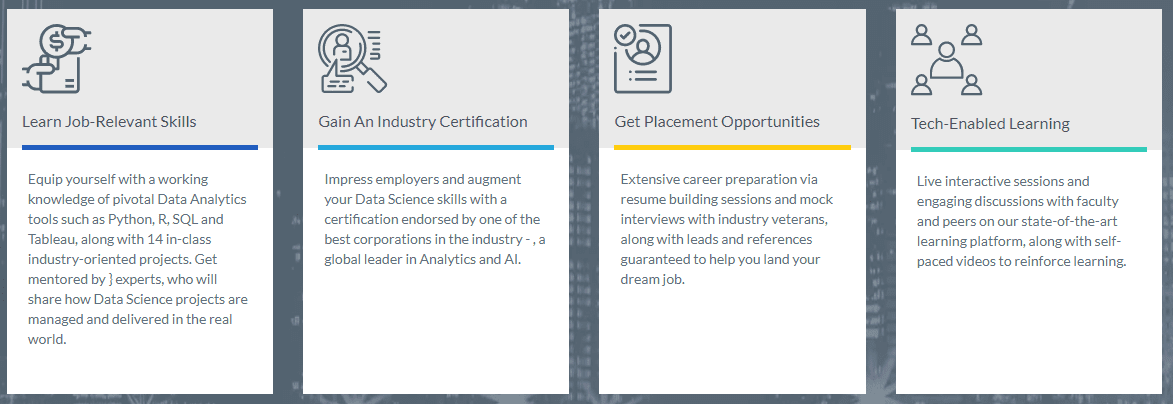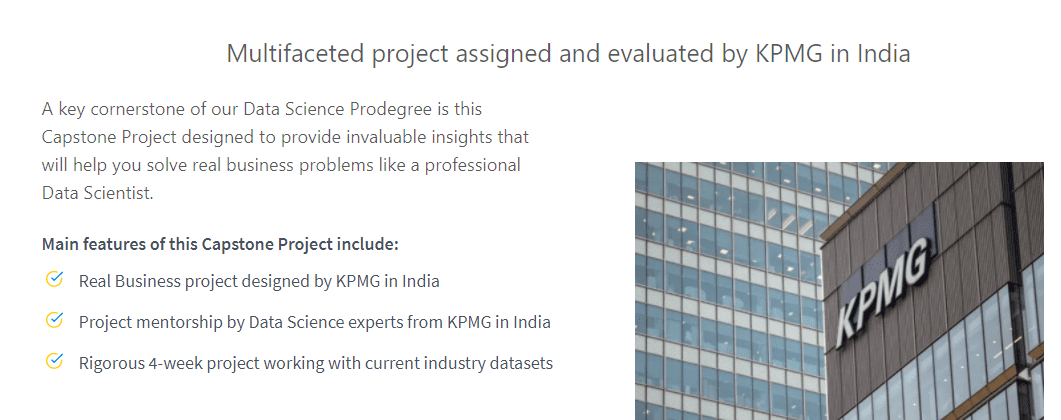Data works as a new-age catalyst and is the reason why organizations function. In recent years, data has enjoyed prominence in every possible industry. There no doubt that a job in Data Science is a dream for many. But what is it that you need to do to land there?
This Blog typically talks about what Data Science is and the skills you need to be a Data Scientist. Keep Reading!
What is Data Science?
Data Science is a complex blend of various algorithms, tools, and machine learning principles. The aim is to discover hidden patterns from raw data. In other words, data science filters the data to extract information and draw meaningful insights from it. This takes into account both structured and unstructured data.
Data Science is deployed to make decisions and predictions using predictive causal analytics, prescriptive analytics, and machine learning.
What data scientists do?
Data scientists crack complex data problems through their expertise in specific scientific disciplines. They work with elements related to statistics, mathematics, computer science, etc. Data scientists use technology to find solutions and reach conclusions and suggestions for an organization’s growth and development. Data Scientists are the most necessary assets in new-age organizations.
What are the requirements to become a data analyst?
- Programming Languages (R/SAS): Proficiency in one language and working knowledge of others is a must.
- Creative and Analytical Thinking: A good analyst should be curious and creative. Having a critical and analytical approach is another attribute.
- Strong and Effective Communication: Must be capable of clearly communicate findings.
- Data Warehousing: Data analysts must know connecting databases from multiple sources to create a data warehouse and manage it.
- SQL Databases: Data analysts must possess the knowledge to manage relational databases like SQL databases with other structured data.
- Data Mining, Cleaning, and Munging: Data analysts must be proficient in using tools to gather unstructured data, clean and process it through programming.
- Machine Learning: Machine learning skills for data analysts are incredibly valuable to possess.
How to become a data analyst?
If you wish to make a career in Data Science, here are the steps you must consider following:
Earn a bachelor’s degree in any discipline with an emphasis on statistical and analytical skills.
Learn essential data analytics skills (listed above).
Opt for Certification in data science courses.
Secure first entry-level data analyst job.
Earn a PG degree/Equivalent Program in data analytics.
Grow You Data Science Career with Imarticus Learning:
Imarticus offers some best data science courses in India, ideal for fresh graduates and professionals. If you plan to fast-track your Data Science career with guaranteed job interviews opportunities, Imarticus is the place you need to head for right away!
 Industry experts design the Certification programs in data science courses and PG programs to help you learn real-world data science applications from scratch and build robust models to generate valuable business insights and predictions.
Industry experts design the Certification programs in data science courses and PG programs to help you learn real-world data science applications from scratch and build robust models to generate valuable business insights and predictions.
The rigorous exercises, hands-on projects, boot camps, hackathon, and a personalized Capstone project, throughout the program curriculum prepare you to start a career in Data Analytics at A-list firms and start-ups.
The benefits of business analytics courses and data science programs at Imarticus:
- 360-degree learning
- Industry-Endorsed Curriculum
- Experiential Learning
- Tech-enabled learning
- Learning Management System
- Lecture Recording
- Career services
- Assured Placements
- Placement Support
- Industry connects
Ready to commence a Transformative journey in the field of Data Science with Imarticus Learning? Send an inquiry now through the Live Chat Support System and request virtual guidance!




 Data Science Datasets Project Ideas for Beginners.
Data Science Datasets Project Ideas for Beginners. All beginners must take up the
All beginners must take up the 


 Having a good grip on the subject matter will give you an edge over other candidates.
Having a good grip on the subject matter will give you an edge over other candidates. 

 How to capitalize on this opportunity
How to capitalize on this opportunity



 Data Scientist –
Data Scientist – 


 Data scientists are technical personals who are fluent in data analysis software and use them to predict market patterns. Firms will require more skilled data scientists in the future due to the need to process & analyze big data.
Data scientists are technical personals who are fluent in data analysis software and use them to predict market patterns. Firms will require more skilled data scientists in the future due to the need to process & analyze big data. They attempt to make the database framework better. With the rise of automation in data science, data architects are in huge demand to provide better solutions.
They attempt to make the database framework better. With the rise of automation in data science, data architects are in huge demand to provide better solutions.